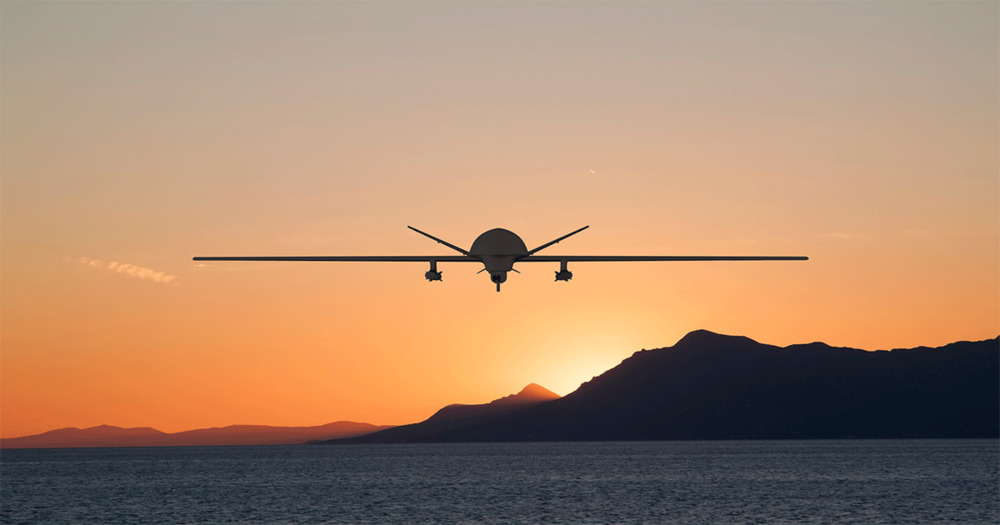
In an earlier time, the idea of unmanned aircraft devices would be hard to imagine. Today, unnamed aircraft devices that fly autonomously and are remotely piloted are commonplace.
These devices started in the military, but have spread to a host of commercial and civil applications. Increasingly, they are trending towards being used in place of operations that used to be manned aviation.
The unmanned aerial systems industry has grown significantly and looks to continue to grow. As it does, industry members are tracking its application, market trends, and development of established rules around use and trade.
Unmanned aerial systems (UAS) describe aircrafts without a human pilot, crew, or passenger on board. Today, they are often referred to as a “drone”.
There are three core components that comprise a UAS:
Furthermore, many include a payload specific to the operation of the UAS at hand. This collects data for research and analysis.
Any discussion of recent military history must include UAS, which has helped to shape the militaries of today. The first use of unmanned aircraft systems occurred in 1849, in the form of a balloon carrier. Austrian forces attempting to besiege Venice used ships equipped with incendiary balloons. They used these to bomb the city. Most missed their target, but the concept of UAS had been launched.
The next segment of unmanned aircraft systems was designed for target practice to train military personnel. A.M. Lowe’s “Aerial Target in 1916 eventually led to the British Royal Navy’s adaption of the DH82 Tiger Moth aircraft (referred to as “Queen Bees”), which they flew under radio control. Before they were retired in 1947, they built 380 Queen Bees and used them for gunnery target practice.
Unmanned aerial vehicles were used in war operations starting in World War I, and throughout the 20th century. They were used for operations that were too “dull, dirty, or dangerous” for humans. Technological development accelerated in the 1990s as they grew within the upper echelons of the United States military. Today’s UAS can perform surveillance and reconnaissance, collect signals intelligence, deliver ordnance, haul cargo, enforce laws, inspect remote pipelines, fight wildfires, and more. Military and governments began to use satellite communications and GNSS navigation to operate unmanned aerial vehicles at long distances from their controllers.
Rather than focusing just on the Unmanned Aerial Vehicle, the UAS includes the flying hardware, controls, and data connectivity. This has been instrumental to technological evolution and allowed UAS to address new threats and opportunities as they emerge.
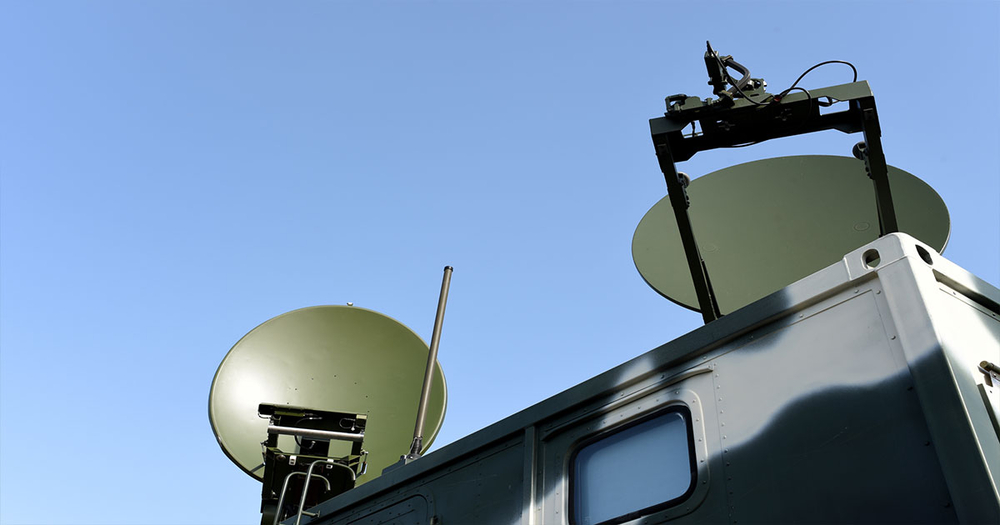
Now, there are many different applications of UASs. Advanced technological development has equipped them to be used for a wide range of purposes. The market is divided into two categories: military and civil/commercial.
United States firms have the largest share of UAS markets. This is true on both a domestic and global scale. Consequently, they have the largest investment in acquiring new UAS technology. That said, United States firms’ ability to compete in the global market is curtailed by export regulations.
It is challenging to estimate the size of the UAS market because much of the market does not disclose its business and keeps the information classified. This is true both within the United States and in other countries, where foreign governments are secretive about their technological abilities.
Despite these limitations, estimations do exist. The Teal Group estimates that the United States accounts for 32% of the $7.94 billion of global military procurement in FY2020. The United States is responsible for an even larger chunk of research and development, accounting for 70% of the world’s share in FY2020.
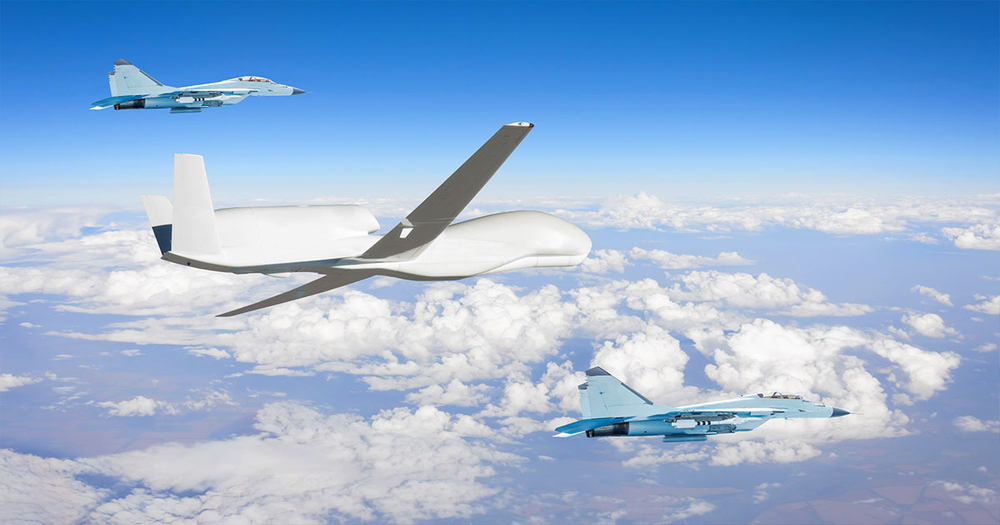
The domestic UAS market is largely limited by defense budgets. Given how much resources must be invested in research and development to create new products and that the industry is highly consolidated, barriers to entry are high. This is further limited by government procurement policies, making it hard to work with start-up companies. UAS designed for military purposes do not translate well to civil and commercial purposes. Altogether, these factors result in an industry whose growth is bound to government expenditure policies that dictate budget allocation.
While the domestic market is restricted, the global market is growing. There is increased buyer competition amongst Middle Eastern countries.
UAS have been adopted in many new civil and commercial spheres in recent years. The many different purposes include, but are not limited to, fire forest monitoring, aerial photography, product deliveries, agriculture, policing/surveillance, infrastructure inspections, science, smuggling, research projects, and drone racing.
As UAS become more capable and complex, the economic viability of commercial UAS will skyrocket. Barclays forecast that global commercial UAS market will grow tenfold in the next five years, from $4 billion to $40 billion. The Teal Group estimates the civil UAS market will reach over $88 billion in the next ten years.
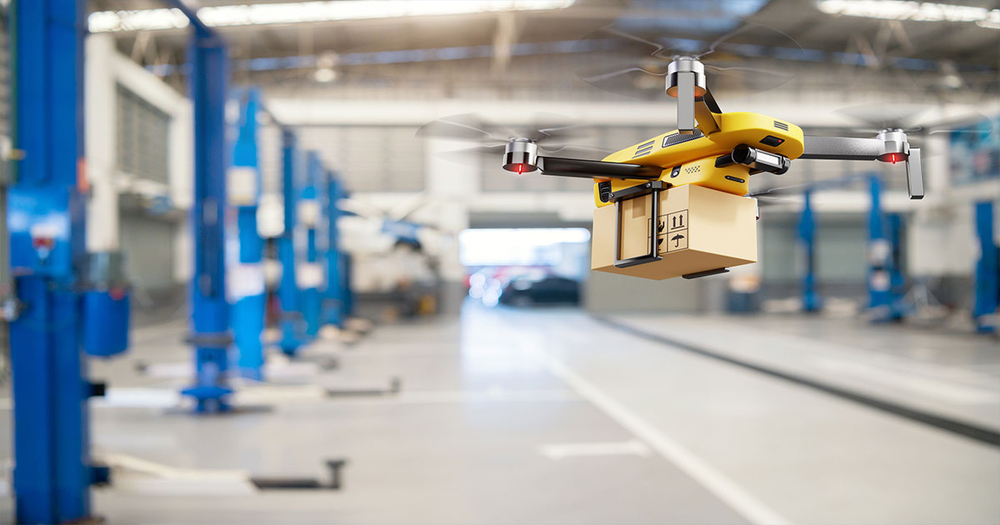
UAS missions will replace manned aircraft and other systems, resulting in cost savings of over $100 billion. As United States software, sensors, and processing technology grows, aerial operations will be increasingly piloted remotely.
Agriculture is currently the leading commercial UAS industry. It’s expected decline in the industry could limit the growth of UAS. On the other hand, other countries have used UAS to help build sustainable agriculture systems, and this could cause for increased demand of UAS within agriculture. UAS are being investigated to fight wildfires, either for observational purposes or to launch pyrotechnic devices that start backfires. UAS use in construction, insurance, and energy are expected to growth quickly in coming years.
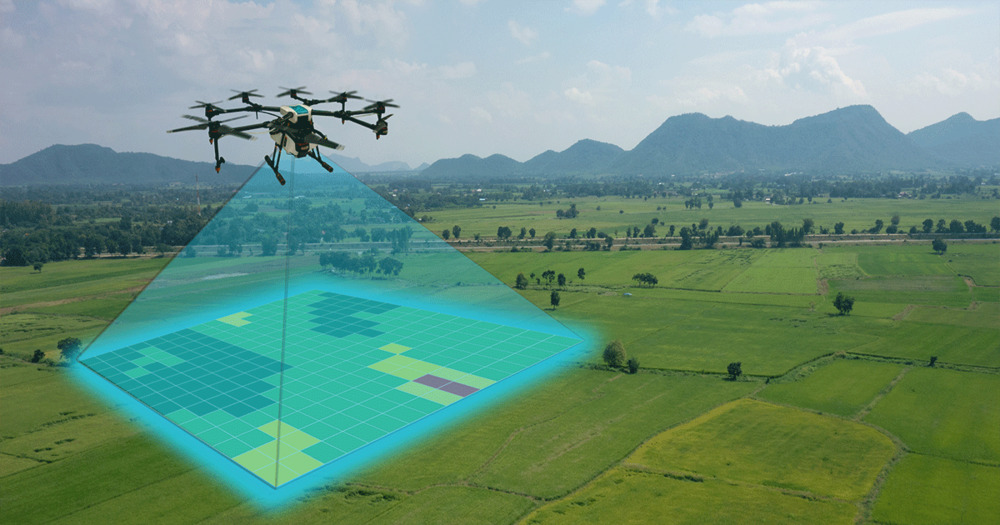
Commercial drones have the potential to change product delivery dramatically. However, initial developments will use this for particular situations, such as delivery to remote locations or for high-value and time-sensitive products, like medical supplies.
There are several operational concerns surrounding the development and use of UAS concerning privacy and safety.
Privacy is of significant concern because many UAS operations include an unmanned aerial vehicle with a high-definition camera. While larger vehicles have been typical of military use, cameras are common in some of the smaller vehicles.
As for safety, restrictions on airspace that segregate manned and unmanned aircraft systems has been instrumental in enabling military UAVs. This has allowed for military devices to be used in airspace that would not pass commercial regulations. Furthermore, it has reduced the risk of collision, and the “sense and avoid” technology that would be necessary to reduce collision. However, establishing the level of safety in uncontrolled airspace has proven challenging.
The integration of UAS into systems designed for manned aircraft is limited by regulations. Standards and regulations that manage new entrants into the aviation eco-system can restrict what aviation systems are to be used.
The Federal Aviation Administration (FAA) has created rules to help integrate UAS into the National Aerospace System. As these rules become standardized, they will help proliferate UAS into many sectors of life, especially where it is more cost effective to remove the human from the aircraft in order to successfully complete the assigned tasks.
There is an inherent predisposition to favor manned aircraft operations with a human operator. Thus, government and industry stakeholders have focused their efforts on small UAS (with maximum take-off weight of 55 lbs) to enter into operation.
There are a number of official government organizations that help to sort through the rules and regulations of UAS. Much of this information is available on gov websites. The Federal Aviation Administration (FAA) published rules for certified remote pilots in Part 107. You can also access a summary of Part 107.
The International Civil Aviation Organization (ICAO) has also established standards and recommended practices for UAS. The RPAS Manual, published in 2015, provides the ICAO definition of UAS and sets guidelines for certifications, operations, and licensing.
The UAS toolkit is a web-based resource to assist states establishing rules for safe UAS procedures. It walks through guidelines building UAS regulations and collects current UAS regulations for a number of its states.
Export controls limit to whom United States companies can sell their products. The International Technology Control Regime is a multilateral treaty that limits missile technology proliferation. Category I UAS, which include those with range further than 300 km, those with a payload capacity greater than 500 kg, and ballistic and cruise missiles, are subject to unconditional strong presumption of denial regardless of the purpose. They are only licensed for export on rare occasions.
The International Traffic in Arms Regulation (ITAR) Regime regulates export of military technologies to foreign regions. UAS on the U.S. Munitions List can only be exported through a license when the United States is selling directly to a foreign government.
If you need assistance to determine whether an export license is required, the Bureau of Industry and Security can help. Online resources include this video, these documents, and more.
The U.S. also leads development of UAS operational and technical standards. The American National Standards Institute (ANSI) worked with government and industry UAS stakeholders to identify existing technical, operational, and technological standards, assess gaps, and prioritize additional standards and R&D work. The standards can be found at the ANSI website.
Furthermore, the ASTM International leads the development of standards to enable UAS into contested airspaces.
It is hard to get comprehensive data on the UAS market. Most UAS manufacturers are not publicly traded and few research firms cover the industry extensively. This makes it hard to collect data and quantify the overall UAS market.
The issue is exacerbated with international trade. There is no unified international coding system. This means that when UAS are shipped internationally, they can be categorized under wide array of options with varying accuracy. This results in little accurate information on UAS trade data.
The World Customs Organization has proposed a new tariff code that recently went into effect. This means that as of January 2022, more accurate data has started to be tracked.
The rise of leisure use of UAS is often regarded as a ‘public interest’ issue due to safety concerns. However, it likely to not be the greatest operational risk for manned aviation operations. There is a growing regulatory regime that is responsible for UAV operator training and standard competency certifications.
Safety Regulation of civil UAS in Europe is likely to change to the risk-based approach outlined in the September 2015 EASA document 'Proposal to create common rules for operating drones in Europe'.
In the USA, the FAA has already regulated the civil use of small UAS by publishing in August 2016 CFR 14 part 107 - Small unmanned aircraft systems. Since December 21st 2015 an UAS must be registered if it weighs more than 0.55 pounds and less than 55 pounds.
Unmanned Aerial Systems (UAS) are technological systems consisting of (1) an Unmanned Aerial Vehicle, a remote electronic controller, and a command and control data link aiding communication between the two. The UAV may be autonomous with a pre-programmed flight and mission uploaded to onboard computers, or it can be piloted remotely by a human operator.
As unmanned aerial systems expand, the rules and regulations of their use are changing. New rules must account for how firms sell their products, how UAVs share airspace (both commercial and military, and manned and unmanned), and public interest issues of privacy.
Through learning how the industry developed in its early days to its widespread use now, politicians, government workers and relevant stakeholders can help shape the world of unmanned aerial operations that they would like to see today.